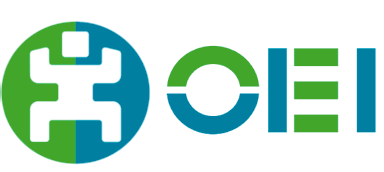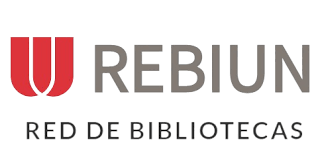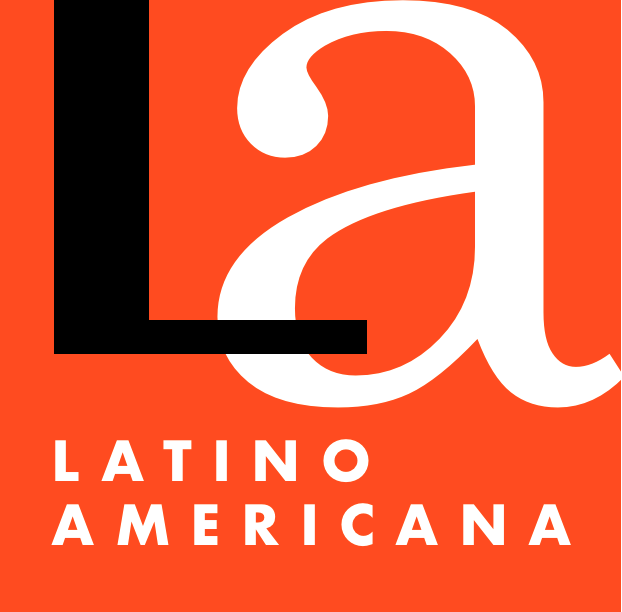Deaf students and the written language
Keywords:
Reading, Phonology, Cued-speech, Cochlear implant, Sign lenguage, Phonological awarenessAbstract
This paper examines the factors which determine reading skills of deaf children. Two notions are considered: the reciprocal relationship existing between linguistic ability and reading comprehension; and the notion that phonology is essential in the process of reading acquisition. The success in the development of literacy is discussed in relation with the linguistic competence of deaf youngsters, developed via oral o sign language. The access the phonology in the absence of audition, exploiting the phonological information provide by lip-reading, is examined. In this context the role of Cued-Speech, a manual systems aimed at eliminating lip-reading ambiguity is considered. Similarly the role of Cochlear Implants, which also improve speech perception, are discussed in relation with readied acquisition.
Downloads
Published
How to Cite
Issue
Section
License
Copyright (c) 2009 Revista Latinoamericana de Educación Inclusiva - Latin American Journal of Inclusive Educatio

This work is licensed under a Creative Commons Attribution 4.0 International License.
Creative Commons Attribution (by)
This licence permits the exploitation of the work, as well as the creation of derivative works, the distribution of which is also permitted on condition that express reference is made to the author, i.e. that his/her name appears in any use or act of exploitation of the work.













